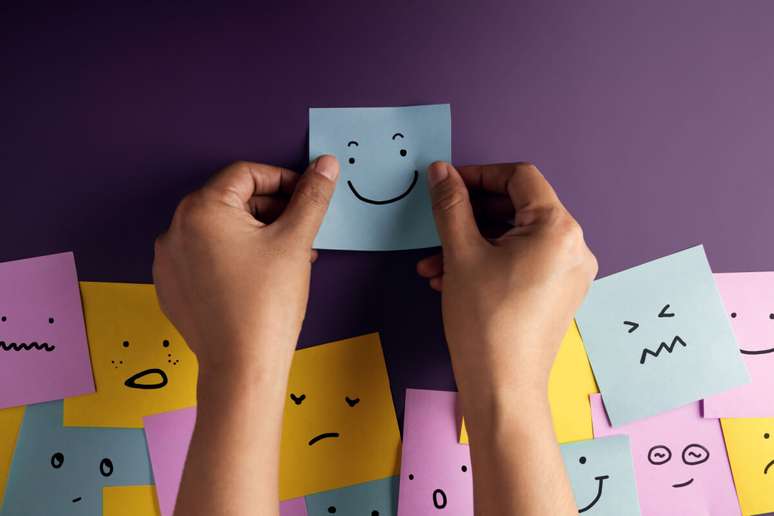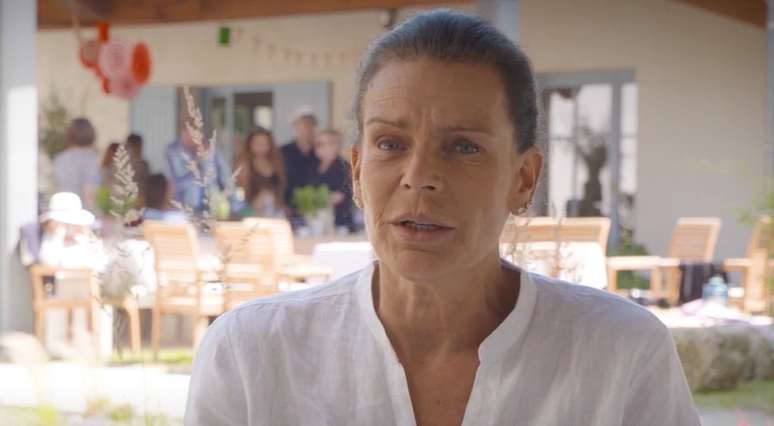The expert clarifies this complex connection and its impacts on quality of life
A daily concern for many, violence is generally associated with physical aggression and acts that aim to cause pain, harm or suffering. Brazil, in fact, is the ninth most violent country in the world, according to the WHO (World Health Organization) classification.
The WHO definition of violence includes the use of physical force or power, in the form of a threat or action, directed against oneself, other individuals or groups and communities, with the potential to cause suffering, death, psychological harm, impact negative on health and health. development or deprivation.
In this scenario, Solange Tedesco, therapist at SIG – Residência Terapêutica, states that “violence alone is not capable of causing a person to develop a mental disorder, but it is a very strong factor triggering crises for those who already have a predisposition” .
What do we call violence?
In a broad and important discussion, we return to the issue of violence and mental healthwhich according to the expert can fall into three categories: indicators of violence as one of the factors that correlate with mental health problems, the stigma according to which “unreasonableness” is normally attributed to psychiatric conditions such as those that cause fear, and violence, necessary or sufficient, which often goes beyond the ethics of care, in relation to the involuntary or mandatory treatments that some crisis situations impose.
Faced with the terrible scenes of contemporary violence, in our daily lives, in the images of wars, hunger, suffering due to disease and poverty and inequalities in care itself, we can say that the human suffering caused can have ‘good intentions’ ? Is there such a thing as justified violence?
“Another problem with this definition is the term ‘physical assault’. We know that the most refined forms of torture, those that produce enormous emotional disorientation, a disorientation of the senses that can cause irreparable damage to the mind, body and brain can do not involve any direct physical aggression”, comments Solange Tedesco.
“We have countless examples of violence in the workplace and in relationships, also called toxic, which subjects unbearable forms of existence to inequality. Perhaps the term violence can be best described as coercive forms of inflicting harm, pain and death,” he adds.

Mental health and violence
Cutting the discussion to health issues, violence can be understood, according to the Ministry of Health, as any intentional act of physical force or power, threatened or real, against oneself, another person or against a group or community, which causes or is highly likely to cause injury, psychological harm or deprivation.
Here it is highlighted that the Physical violence occurs when one person has a power relationship with another. But where is this evidence even defined? “We discuss the impact of this issue on our lives every day. In the urban housing system, the city permeates our daily actions. Our residents, for example, move around the city and witness and participate in the horror of world hunger . streets, of abandoned people who live around the subways, in theaters, on the streets, watching the news and reading newspapers”, he explains.
Signs of treatment
Again according to Solange Tedesco, some residents of the SIG bear the signs of the violence of life and their treatment. “Many have spent years institutionalized, without a voice or opinion, others have suffered extreme moral, financial and physical damage, without understanding how this was linked to their psychopathological condition, much less their treatment,” she comments. “There is a lot of talk here about stressful factors, individual and collective, and about our strategies, including individual and collective, to deal with the unfavorable conditions inherent in life.
Violence, in its various fronts, is in fact linked to the risk of psychological illness and emotional suffering, both to biological, genetic, psychological and environmental vulnerabilities, and to the risks of lasting adversity, especially in the development of children and adolescents.
“For now we have the task of improving the quality of life and health as much as possible. Prevention is more effective. Healthy lifestyles, if possible, are powerful prevention mechanisms”, concludes Solange Tedesco.
By Isabela Rocha
Source: Terra
Ben Stock is a lifestyle journalist and author at Gossipify. He writes about topics such as health, wellness, travel, food and home decor. He provides practical advice and inspiration to improve well-being, keeps readers up to date with latest lifestyle news and trends, known for his engaging writing style, in-depth analysis and unique perspectives.




-u7wtfr0o3qk8.png)
![Plus Belle La Vie Adher: What awaits you, on Wednesday 925, 372 in episodes [SPOILERS] Plus Belle La Vie Adher: What awaits you, on Wednesday 925, 372 in episodes [SPOILERS]](https://fr.web.img6.acsta.net/img/36/a6/36a698153569f2937d00e3a8043a8327.jpg)


